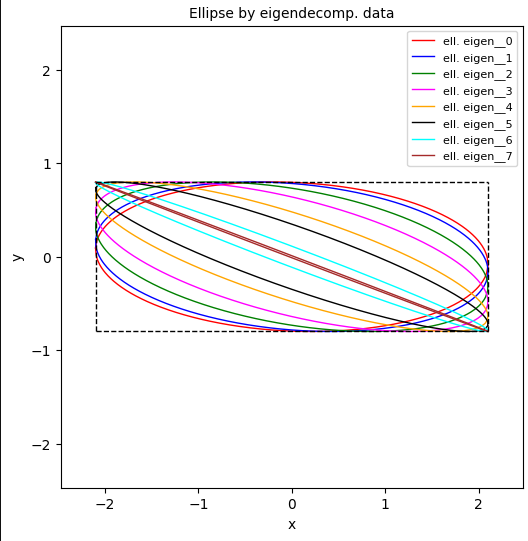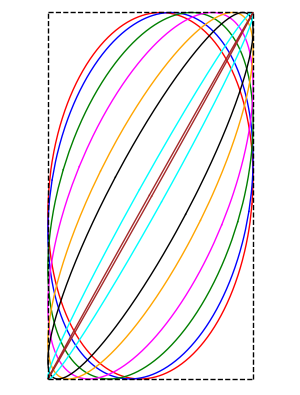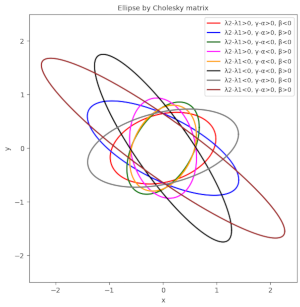Covariance matrix of a cut-off Multivariate Normal Distribution – III – results for a 2-dimensional BVN-core and proper normalization of its cut-off distribution
In the math section of this blog, we try to cover interesting aspects of Multivariate Normal Distributions [MVNs]. The topic of this post series is the covariance matrix of a MVN-like distribution confined inside a hyper-surface of constant probability density. Outside of the surface we set the probability density to zero. This gives us a “cut-off” MVN- distribution. Contour surfaces… Read More »Covariance matrix of a cut-off Multivariate Normal Distribution – III – results for a 2-dimensional BVN-core and proper normalization of its cut-off distribution



